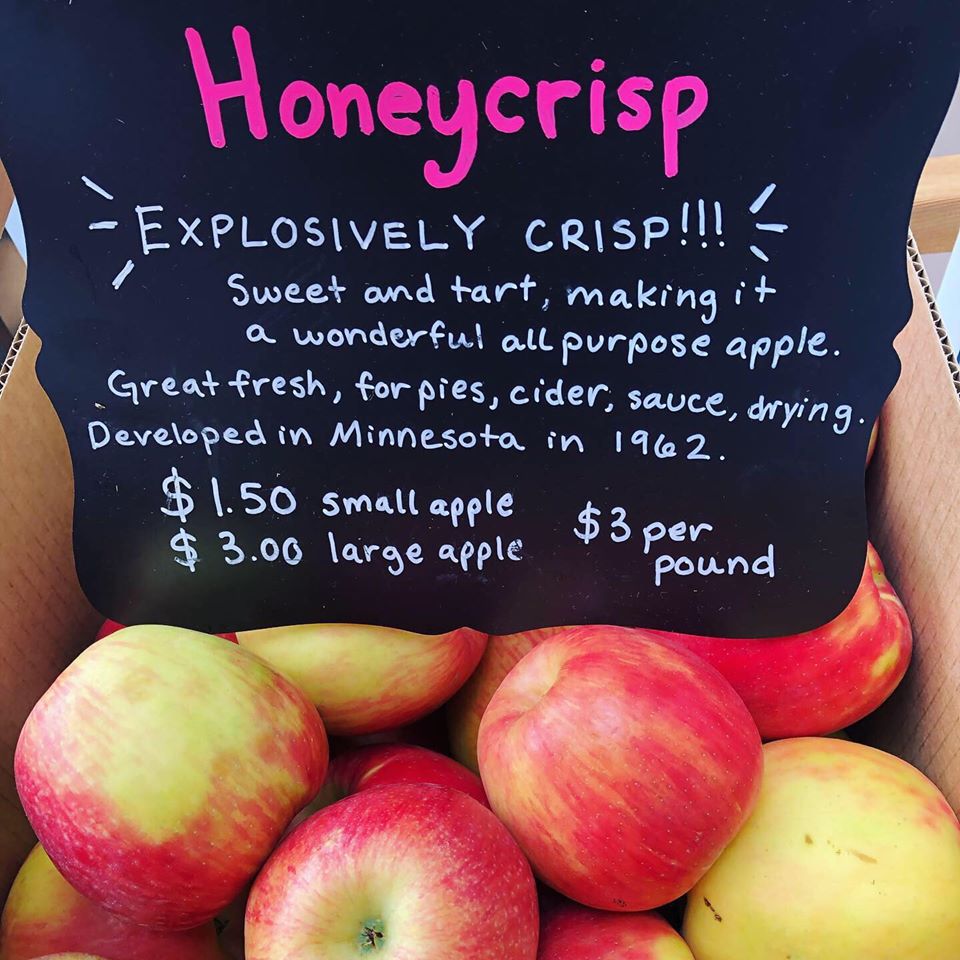How Can We Help?

Fruit Tree Harvest
A variety of fruit trees live and thrive in Southwest Washington. It can seem tricky to know when fruit is ready to harvest, but here is a helpful breakdown of indicators by fruit tree type.
Apples
Apples for fresh eating should be picked at peak ripeness, or just before if they will be stored. A taste test is helpful — unripe apples are often tough-skinned, puckery sour and have an astringent taste. If apples are picked too green, they will never really become sweet like they should, or develop a good taste. Except for solid red varieties, the ground color is always a good indicator of readiness. When this basic green ground color shows considerable yellowing, most apples will be ready. The seeds should have gotten pretty dark. Apples whose seeds are still green or white should not be harvested. If the apple is ripe, the stem should stay intact and separate easily from the branch when the apple is lifted and twisted slightly.
Plums
With both Japanese and European plums, the taste test is probably the best way to determine readiness for harvest. They should just be beginning to soften. The taste test should reveal fruit which are soft, sweet and juicy.
Watching ground color on many European varieties is often a help. It becomes yellowish in contrast to the dull greenish color of the immature state. Ripeness of Italian prunes should be determined by the taste test. Japanese plums will often look highly colored before they are ripe, so color should not be used to assess ripeness on these fruits. Use the taste test.
Cherries
Cherries should be ripe on the tree before picking. They must be juicy and sweet but still firm. The darker varieties should become very dark indeed before picking. The taste test is useful.
Apricots
Apricots must be completely yellow over the entire surface but not too soft. They should be picked while still fairly firm. If picked too early, they will never develop optimum sweetness.
Peaches
Peaches are ready for picking when about 75% of the green ground color has become yellowish. It’s not really the red color that’s important. The best quality is obtained in peaches if they are allowed to ripen completely on the tree. Since they don’t store well anyhow, there is not too much advantage in picking them before the ripe stage. If picked too early, they can turn rubbery and remain sour.
Asian Pears
Asian pears, unlike European pears, should be allowed to ripen on the tree. They need no after-ripening storage period. Asian pears are ready for harvest when they come away easily from the spur or branch when they are lifted and twisted slightly. The taste test is best; they’re ready when they taste good. Asian pears should be crisp and crunchy when eaten.
Figs
Figs remain on the tree until they are ripe. The flesh should be quite soft and the proper color for the particular variety should have been reached. Figs will bend at the neck and hang limply on the branches as they get close to ripening. When picked, the stems should not exude any milky sap; if they do, they’re still not ripe enough.
Pears
Pears should never be allowed to ripen on the tree. Those that do may develop grittiness or will be subject to core breakdown. The area around the core turns brown and mushy in storage. Pears ripen best off the tree; they should be picked while they are still firm and just turning yellowish green. Picking them too green may mean they will never get their best flavor. Winter pears, such as D’Anjou and Bosc require at least 30 days of refrigeration after harvest to ripen properly.
A pear ready to be picked should have a feeling of springiness to its flesh. If it feels absolutely rock hard when squeezed, it’s still not ready. There should be slight give, but not too much. As on apples, the seeds should turn brown, and with a slight lift and twist the fruit should come away from the spurs easily. Pears should be stored at about 32° F. or they will continue to ripen. At room temperature, pears will ripen and be ready to eat in a few days. See also When to Pick Pears.


